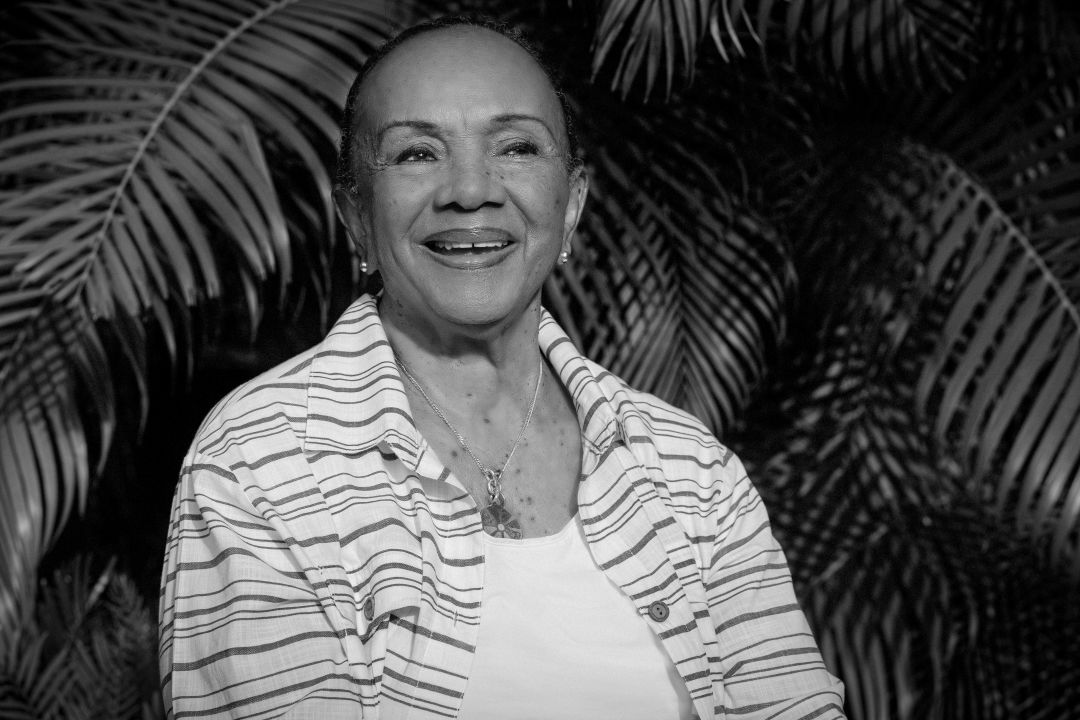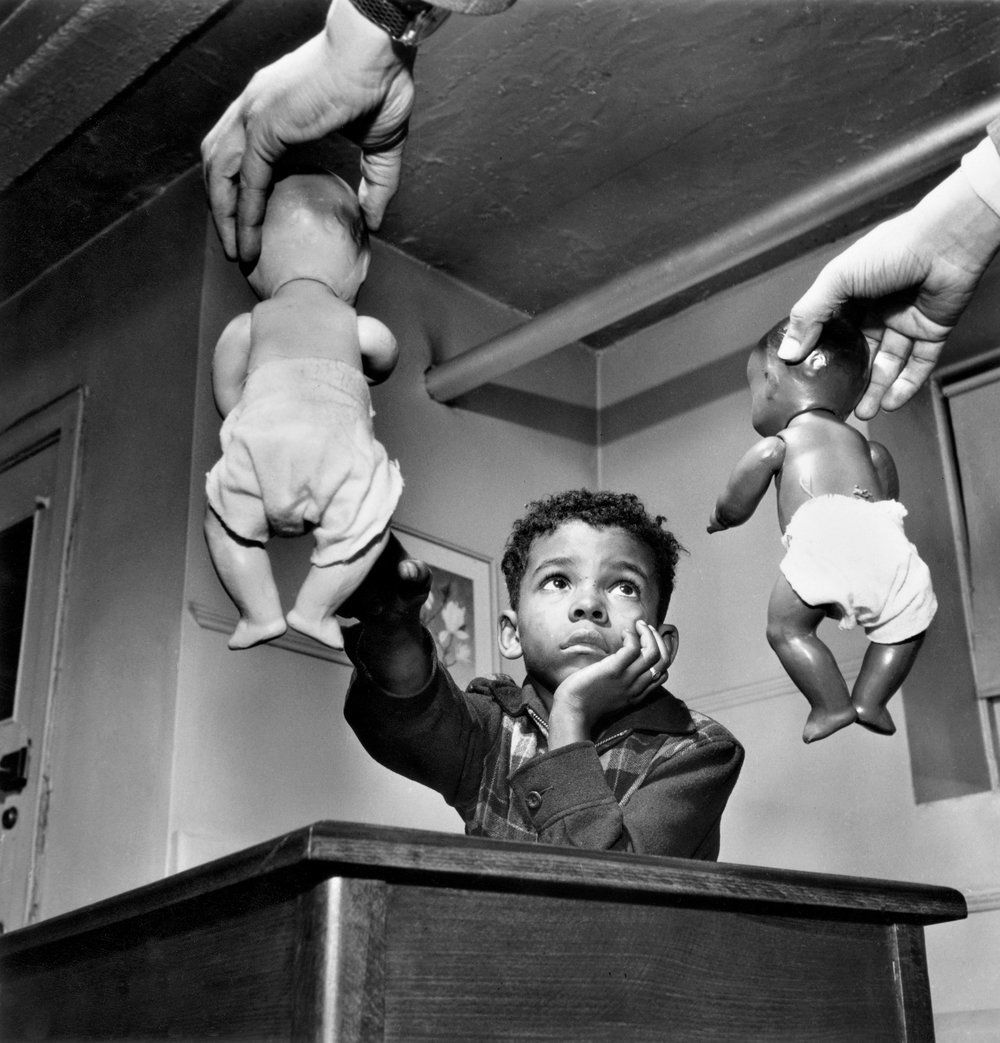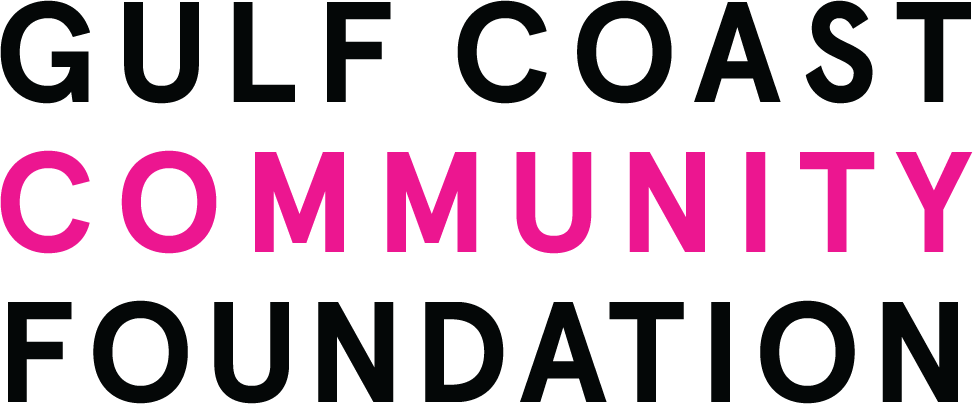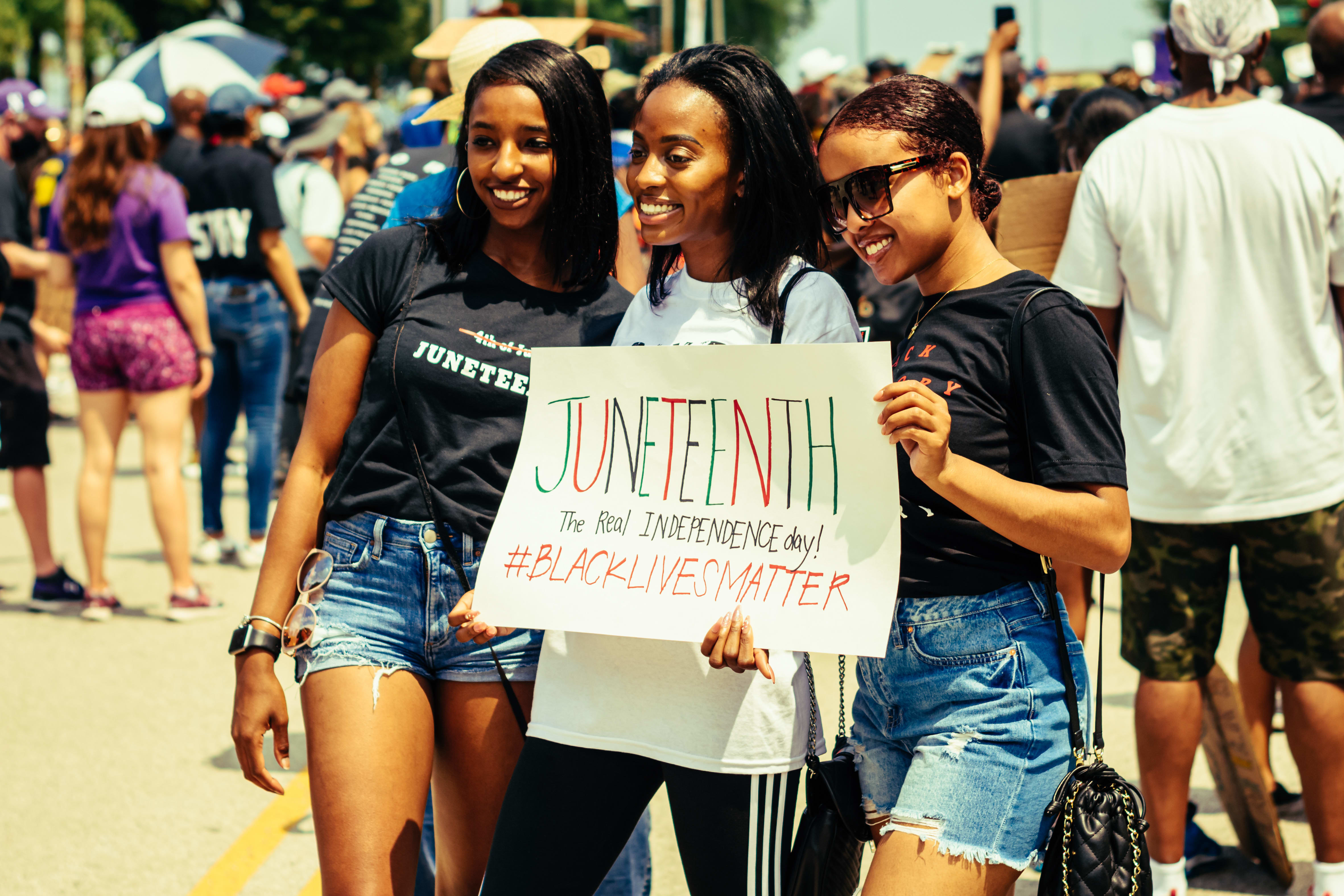Kate Harris on Her Front-Row Seat During Brown v. Board of Education
This article is part of the series In Their Own Words, proudly presented by Gulf Coast Community Foundation.

Kate Harris
Image: Michael Kinsey
Editor's note: Kate Harris was honored at the 2023 Gordon Parks Foundation Gala in New York City in a ceremony that also paid tribute to Angela Davis, Amy Sherald, Clara Wu Tsai, and Crystal McCrary and Raymond McGuire.
It's not hyperbole to say that Sarasota's Kate Miriam Clark Harris was born into a family that influenced the course of Black American history—particularly for Black children. Her parents, Drs. Kenneth Clark and Mamie Phipps Clark, were the first and second Black Americans to receive a Ph.D. in psychology from Columbia University.
The Clarks were best known for the iconic "doll study," which examined the psychological effects of racial awareness in Black children ranging from 3 to 7 years old. The children were presented with identical dolls, one white and one black, and asked which they preferred to play with, which was the "nice" doll, which was the "bad" doll and, finally, which doll looked like them. The results of the study were that the children showed an unmistakable preference for the white doll and rejection of the Black doll.
Many credit the Clarks and their doll study for tipping the scales of justice in the landmark 1954 Brown v. Board of Education case, in which the Supreme Court overturned the doctrine of separate but equal. Today, a set of the historic dolls is a part of the permanent collection at The National Museum of African American History and Culture in Washington, D.C. The study also led the way for Dr. Kenneth Clark to create Harlem Youth Opportunities Unlimited (Haryou)—the precursor to President Lyndon B. Johnson’s war on poverty—which was financed by Johnson and Attorney General Robert F. Kennedy.
After receiving her master’s degree from Smith College School of Social Work, Harris continued her family’s groundbreaking work for five decades as a psychiatric social worker in positions at foster-care agency Speedwell, Harvard University, the Action for Boston Community Development (ABCD) and as director of the National Medical Fellowships.
Later, she joined the family business, advocating for the urban poor through Clark, Phipps Clark, and Harris, where she launched yet another first: a national survey of 1,500 Black people called Data Black Public Opinion Polls which provided insight into the state of Black communities in America. Harris succeeded her mother as executive director of the groundbreaking Northside Center for Child Development, which her mother founded in 1946 when she couldn’t find work as a Black psychologist; it’s still thriving 70 years later. Harris and her husband Donald retired to Sarasota in 2007. Here, she’s continued her work by mentoring with Take Stock in Children, Big Brothers Big Sisters, and a local literacy organization that teaches adults to read.

Dr. Kenneth Clark conducts his famous doll study with a young boy.
Image: Courtesy Photo
You grew up in Hastings-on-Hudson, New York. What was that like?
"We were always encouraged to join adult conversations, which included politics. Family friends included New York City mayor David Dinkins, New York Rep. Charlie Rangel, journalist Mike Wallace, future Rep. John Lewis, future civil rights activist and judge Robert Carter, future Supreme Court justice Thurgood Marshall, Freedom Rider and attorney Percy Sutton, Harlem politician J. Raymond Jones—the group called him "the Fox"—authors James Baldwin and Ralph Ellison, and Martin Luther King Jr., his wife Coretta and their newborn baby.
"When I was in high school, Minnijean Brown—one of the Little Rock Nine—lived with us; she was like a sister to me. All of the Little Rock Nine attended my high school graduation."
Tell us more about the doll study from your point of view.
"The doll study was based on my mother’s master’s thesis at Howard University. I remember the day my father came home with the dolls from a five and dime. I thought, at 10 years old, it was the best thing that we had Black dolls in the house for me to play with.
"My father traveled all over the country to conduct testing with those dolls in a suitcase. By the time Robert Carter, of the NAACP Legal Defense Fund, contacted my parents about using their test results to overturn separate but equal, they had been conducting the study for 14 years. Initially, Thurgood Marshall [then director counsel of the NAACP Legal Defense Fund] was reluctant, as data of this kind was not used in legal matters, and certainly not in front of the Supreme Court. But my parents' test results were so clear that the team of lawyers knew that this information was the missing link.
"When the decision came down, not only did it overthrow the long-established doctrine of separate but equal, but Chief Justice Earl Warren cited the doll study results in the court’s decision.
"When I found the Italian version of the test on YouTube recently, it showed me that the study my parents developed was so universal that it still holds up today. It dealt with how children begin to see themselves at an early age. They felt they were inferior, and sadly, that was the message they received from the society around them."
How did these experiences shape you?
"My mother and father came from strength, and I am so proud of them. I am grateful that, as an accident of birth, they were my parents. To their credit, they did not have an inflated sense of self, and they made sure their children didn’t either—we were a normal, loving family. When I look back, I see that it was all so extraordinary, but they didn’t make me feel like it was. All they wanted was the best for my brother Hilton and me, and for us to exceed. Those were special times. I wish they were here now."
Your father battled white supremacists and Black separatists because he believed that a "racist system inevitably destroys and damages human beings.” With all that is happening today, what do those words bring to mind?
"Those were wise words. It is a troubling time; however, I feel a bit more optimistic now. But his statement was true. People are becoming more aware of themselves and the damage of racism.
"To be honest, I’m surprised that doors are beginning to open a little more. People are responding to this moment, and I feel that we are in a better position to make lasting change. I would hesitate to shout it from a mountaintop because tomorrow it could all be different."
What was it like to go from life in New York City, where you grew up, to Hot Springs, Arkansas, to visit your maternal grandparents in the Jim Crow South?
"I did not enjoy the railroad journey to Hot Springs because we had to ride in the Black car, which was at the back of the train. It was awful, dirty and we sat in uncomfortable wooden and worn seating, without cushions. Through the open door we could see into the next car, the white part, which had luxurious chairs, and a beautiful dining room with white tablecloths and tables set with silver and crystal.
"In spite of the segregation in Hot Springs, with Black and white labels everywhere for what we could and could not do, I felt free and accepted in the Black part of town where my grandparents lived. I could be myself, play with the other children, run around without shoes. It felt good to be among others like me."
Are we witnessing a moment or a movement?
"Without hesitation, this is a movement. That’s why I am optimistic. The future looks brighter than it did in the 1950s. The civil rights movement was amazing—young people and older people fighting for their rights to sit at the same counters, to live in the same neighborhoods and go to good schools. In some ways change did happen, yet the racism was still prevalent everywhere.
"What’s happening now is all so extraordinary. Especially the global nature of this movement that encompasses more than the Black communities. Just look at the multicolored faces who are demanding change around the world.
"This is the change my family was seeking for decades. My father died with sadness that it didn’t happen in his time. However, this is the time. It is wonderful to witness."
What do you want your white friend, neighbor, colleague and community to be doing right now?
"Look into and ask yourself what this all means to you. To you. Do not ask your Black friends that question. No. The more important information is inside you."
What are you advising your children, grandchildren and youth?
"Take part in the movement. Give of yourself to the movement for the benefit of the future and those who will come behind you. I resolutely want this for my grandchildren, who are happy, bright people and who are open to the possibilities of their futures. This is their world. I want them to face life without the fears and anger that Donald and I had to endure."
Listening to Black Voices is a series created by Heather Dunhill




